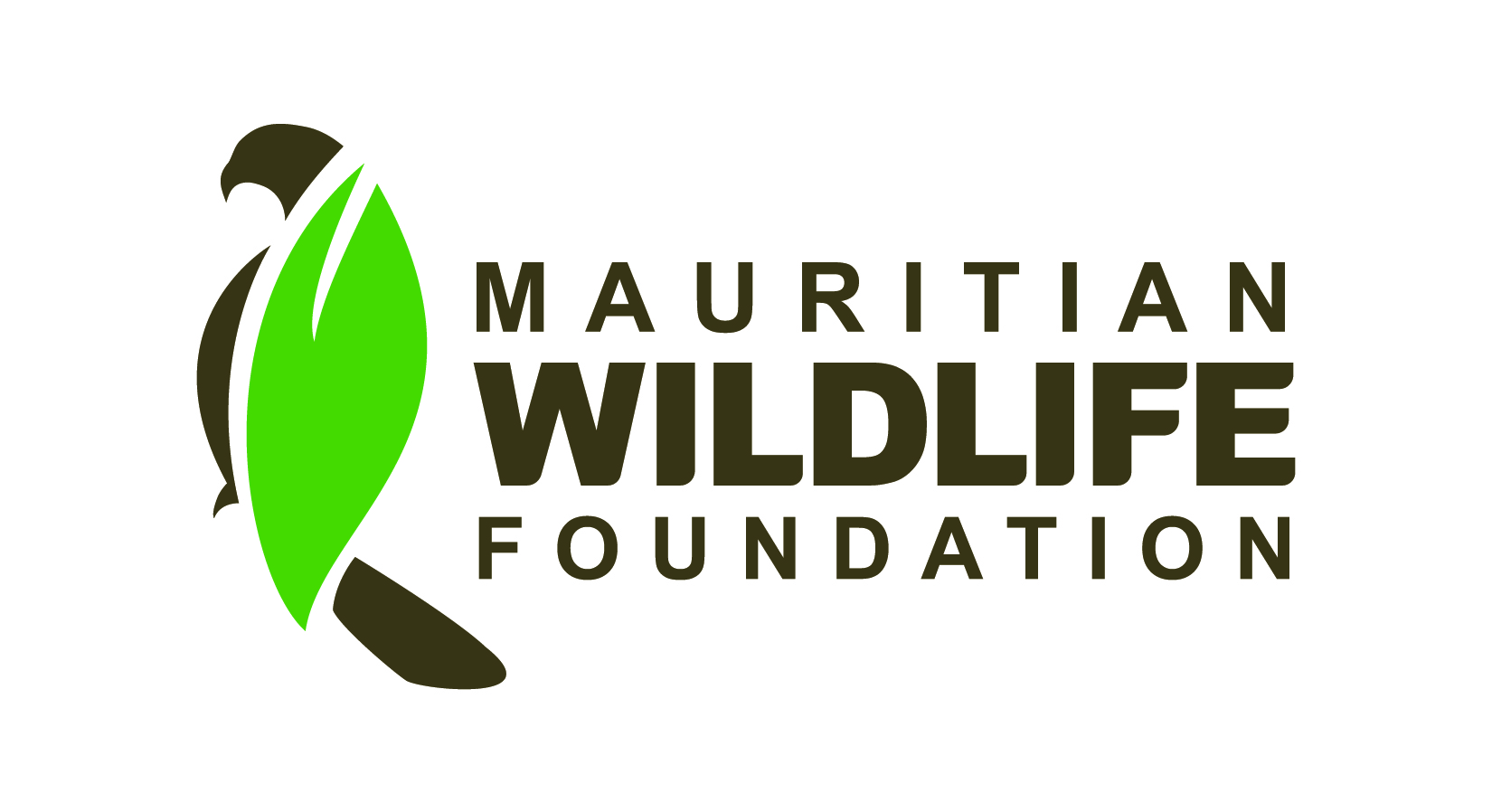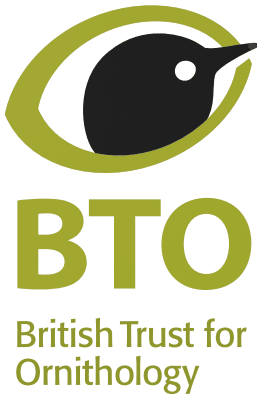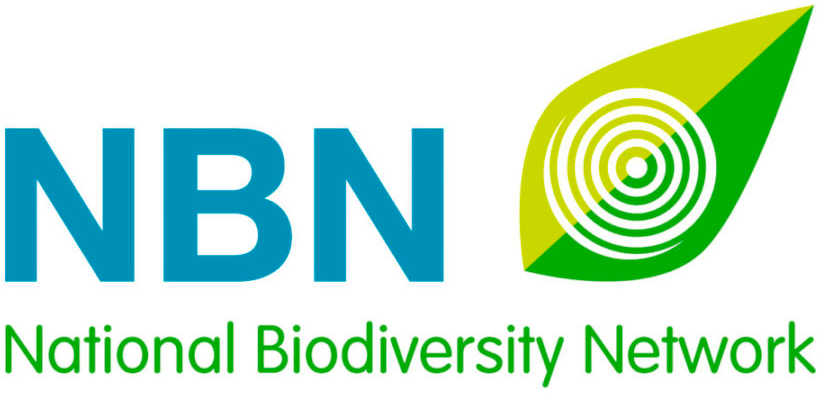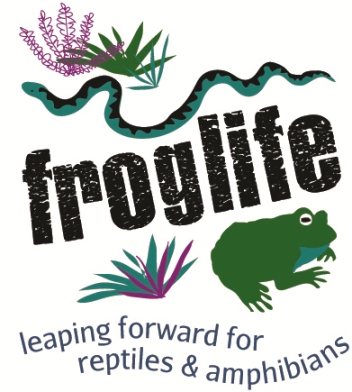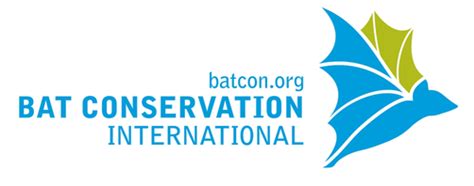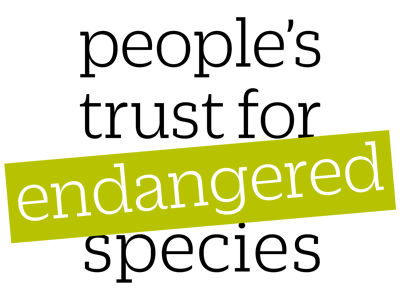Preventing horticultural introductions of invasive plants: potential efficacy of voluntary initiatives
-
Published source details
Burt J.W., Muir A.A., Piovia-Scott P., Veblen K.E., Chang A.L., Grossman J.D. & Weiskel H.W. (2007) Preventing horticultural introductions of invasive plants: potential efficacy of voluntary initiatives. Biological Invasions, 9, 909-923.
Published source details Burt J.W., Muir A.A., Piovia-Scott P., Veblen K.E., Chang A.L., Grossman J.D. & Weiskel H.W. (2007) Preventing horticultural introductions of invasive plants: potential efficacy of voluntary initiatives. Biological Invasions, 9, 909-923.
Summary
Preventing import, and thus possible establishment of potentially invasive plants, is the best way to avoid the often huge expense and problems associated with their control. However, such plants continue to be imported for horticultural use worldwide. In the USA, with little government regulation of horticultural imports, efforts are being made to encourage voluntary self-regulation by the horticulture trade. This study evaluated the success of these initiatives, the last few years seeing development of a number of these schemes aiming to promote prevention of horticultural introductions of invasive plants.
The most widely recognized and widely publicized is the St Louis Declaration and Voluntary Codes of Conduct (produced by nursery professionals, landscape architects, scientists and conservationists) for nursery professionals, government, the public, landscape architects, and botanic gardens. It was drafted in 2001 and ratified in 2002, by stakeholders from across the country.
A survey of nursery professionals was conducted to gauge their perceptions of invasive plants, the role of the horticulture trade in invasive plant introductions, and their participation in the seven preventive measures as outlined in the St Louis Voluntary Codes of Conduct. Preventive measures adapted from the Code for purposes of the questionnaire were:
1) Evaluate horticultural plants for whether they are likely to become invasive;
2) Monitor plants to assess whether they may be invasive;
3) Interact with experts to determine which plants are or might become invasive;
4) Interact with experts to determine alternatives to plants that might be invasive;
5) Try to breed alternatives to invasive plants;
6) Phase out plants that nursery associations, scientists, and other experts determine to be invasive;
7) Encourage customers to use non-invasive plants.
The survey found nursery professionals to be highly aware of invasive plants and the need for the horticultural trade to act responsibly to prevent introductions of invasive species. Only 7% of respondents had heard of the St Louis Voluntary Codes of Conduct, but 57% had participated in at least two of the seven preventive measures, and most (78%) reported willingness to engage in the majority of them. Several factors significantly increased participation in these measures, particularly, awareness of invasive plants, and involvement in trade associations. Incentives (primarily ‘concern for the environment’) and obstacles (‘lack of information’) to participating were identified; results also suggest that participation will improve through increased outreach.
Note: If using or referring to this published study, please read and quote the original paper, this can be viewed at:
Output references
|
|

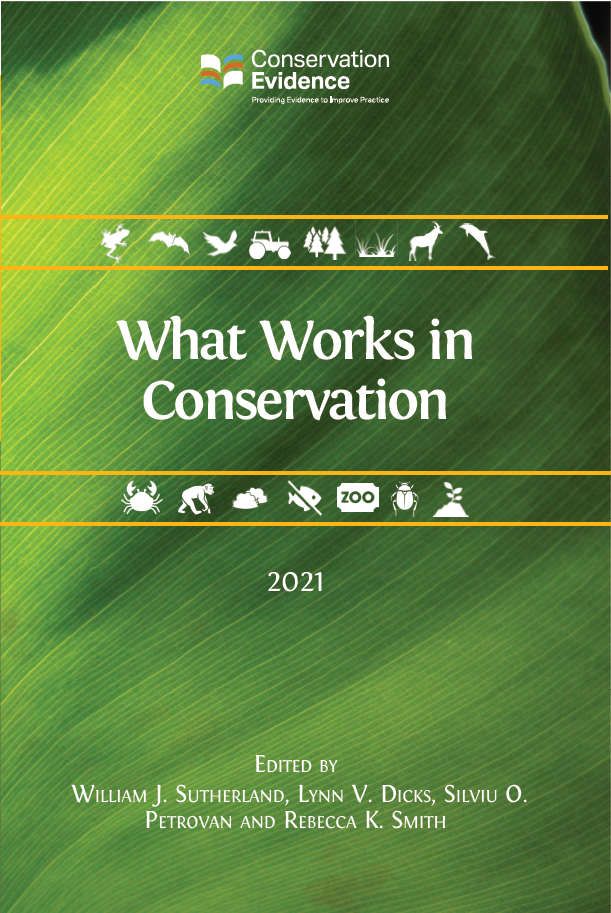
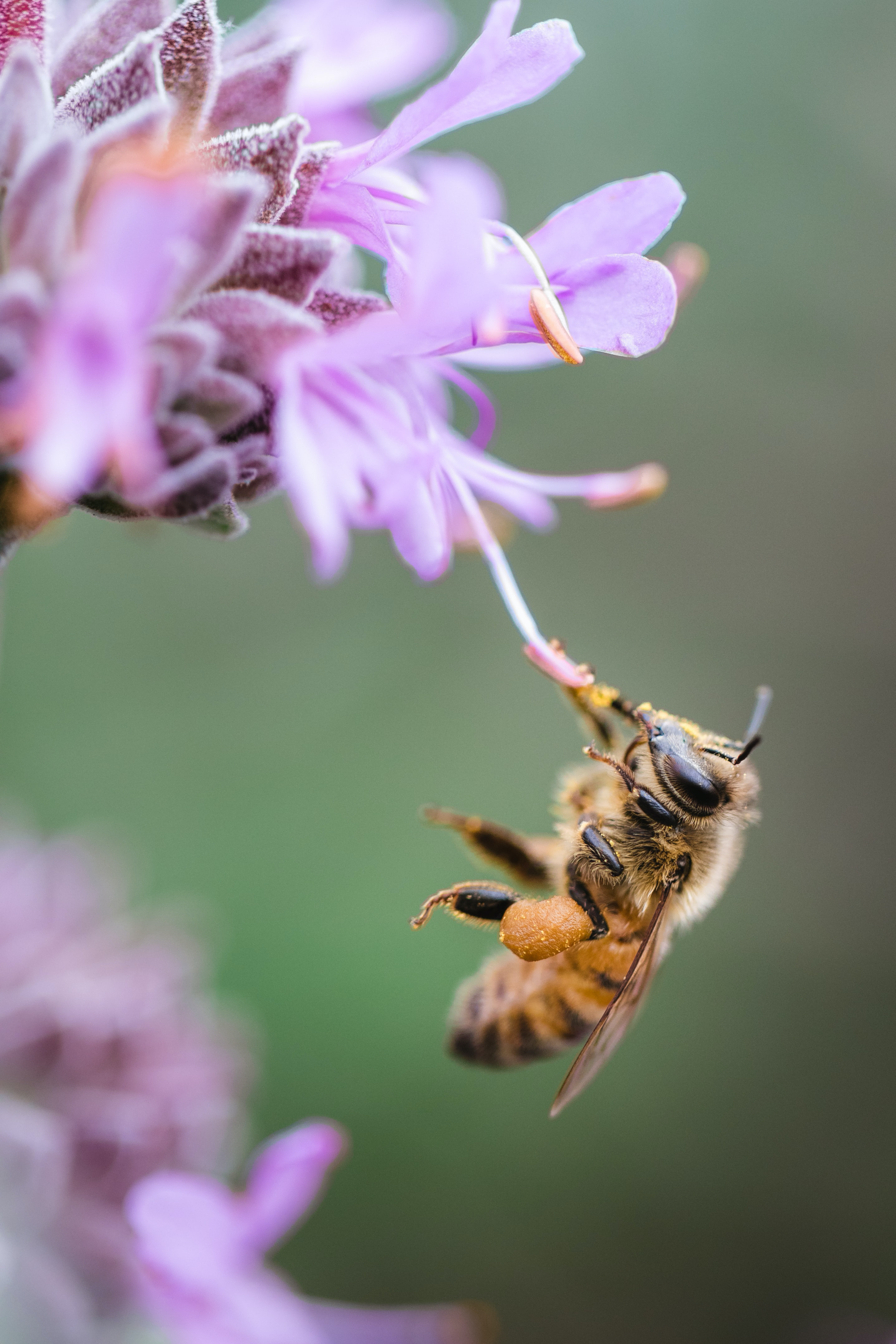


)_2023.JPG)



